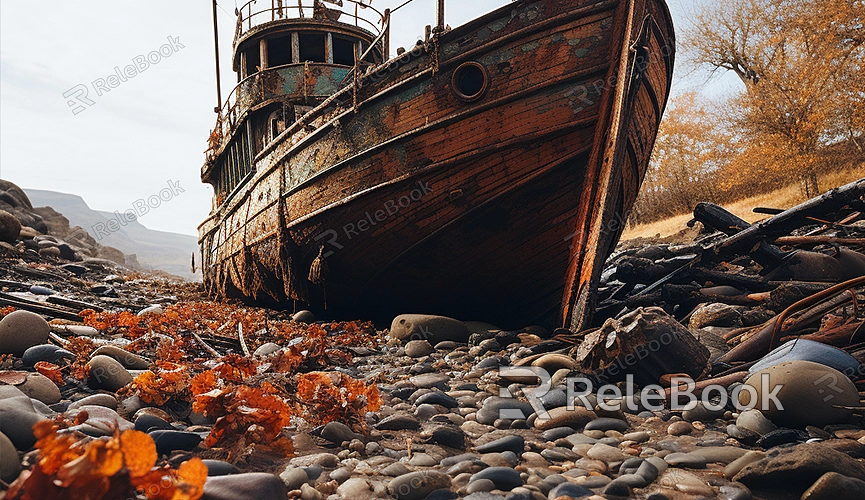Creating and Rendering a Ship Model with Metal Texture in Maya
Creating a ship model in Maya and rendering it with a metal texture is a time-consuming task that demands a strong design skill set and proficiency in Maya's features. To design a 3D ship model in Maya and render it with a metal texture, you can follow the steps below.

Creating a 3D Ship Model in Maya:
1. Launch Maya:
Open the Maya software and create a new scene.
2. Build Basic Geometry:
Utilize Maya's basic geometry tools, such as cubes, cylinders, and cones, to construct the fundamental shapes of the ship. Adjust their sizes and proportions to fit your design.
3. Combine and Adjust:
Use Maya's combination tools, such as Boolean operations, to merge basic geometries and create a more complex ship structure. Adjust vertices, edges, and faces to achieve the desired shape.
4. Add Details:
Incorporate details like the deck, bow, stern, etc., to enhance the ship's appearance. Use Maya's subdivision surface tools to smooth the model's surface and add intricate details.
5. UV Mapping:
Perform UV mapping to ensure the model's surface has well-defined texture coordinates. You can use Maya's UV Editor to fine-tune and optimize the UV layout.
Rendering with Metal Texture in Maya:
1. Create Metal Texture:
In Maya, you can use built-in standard materials like Phong or Blinn and adjust their properties, or opt for dedicated metal materials. If using custom textures, design a metal texture map in external software and import it into Maya.
2. Apply Metal Texture to the Model:
In the Material Editor, locate the "Color" or "Diffuse" channel and apply the metal texture map to the model. You can do this by dragging the texture file into the corresponding channel or using a "File" node for import.
3. Adjust Material Properties:
Fine-tune the metal material's properties, including metallicity, glossiness, and reflection. Metal ship surfaces typically exhibit high reflectivity and metallicity. You can also add other features like bump mapping to increase surface detail.
4. Set Up Lighting:
Create light sources in Maya, such as point lights or directional lights, to illuminate the ship's surface. Adjust the intensity, color, and direction of the light sources to achieve the desired rendering effect.
5. Adjust Camera Settings:
Set parameters for the rendering camera, including perspective, focal length, and depth of field, to optimize the rendering effect.
6. Render the Scene:
Finally, click the "Render" button in the Maya interface to preview or generate the final image. Further optimize your metal ship rendering by adjusting the camera, lighting, and other rendering settings.

